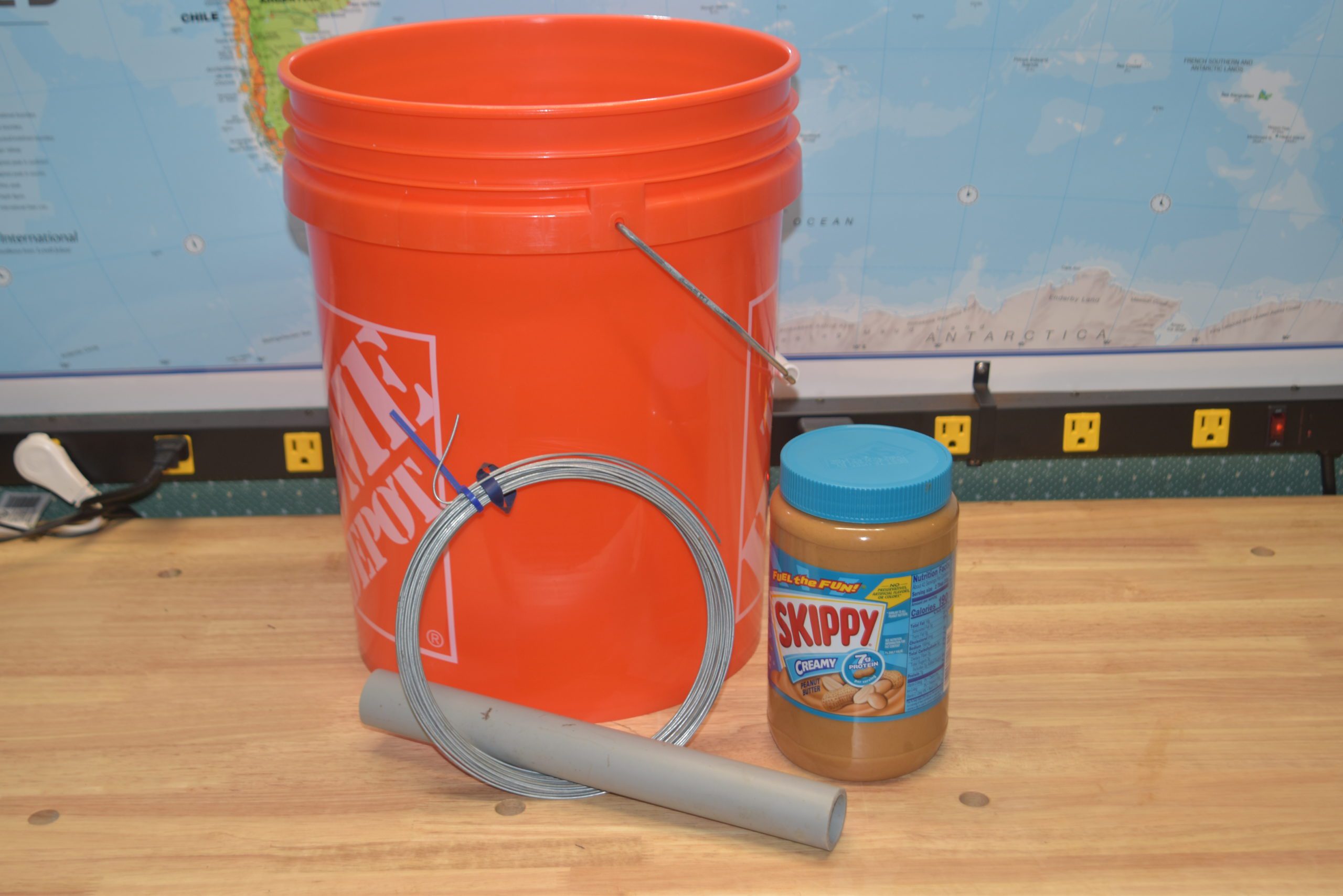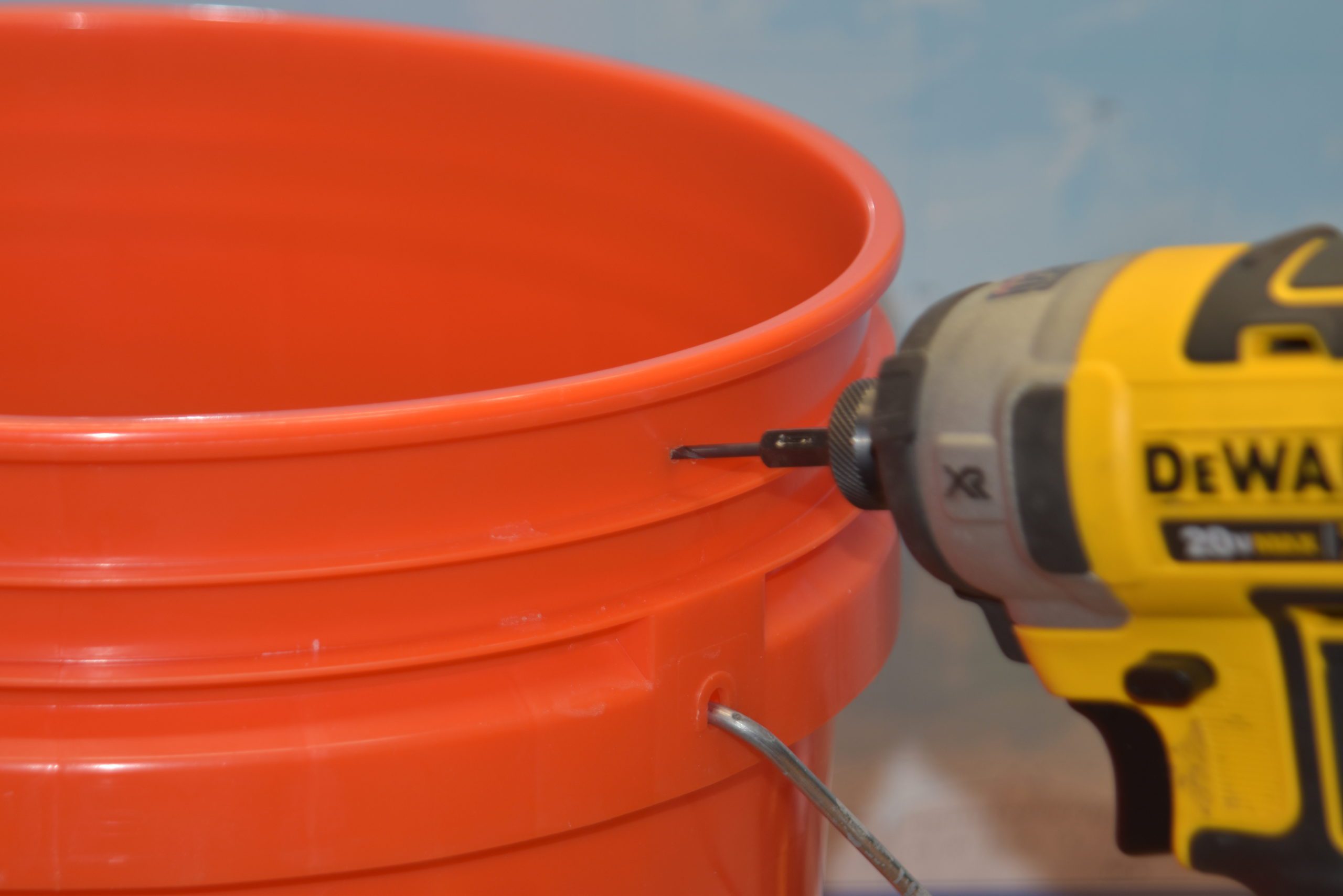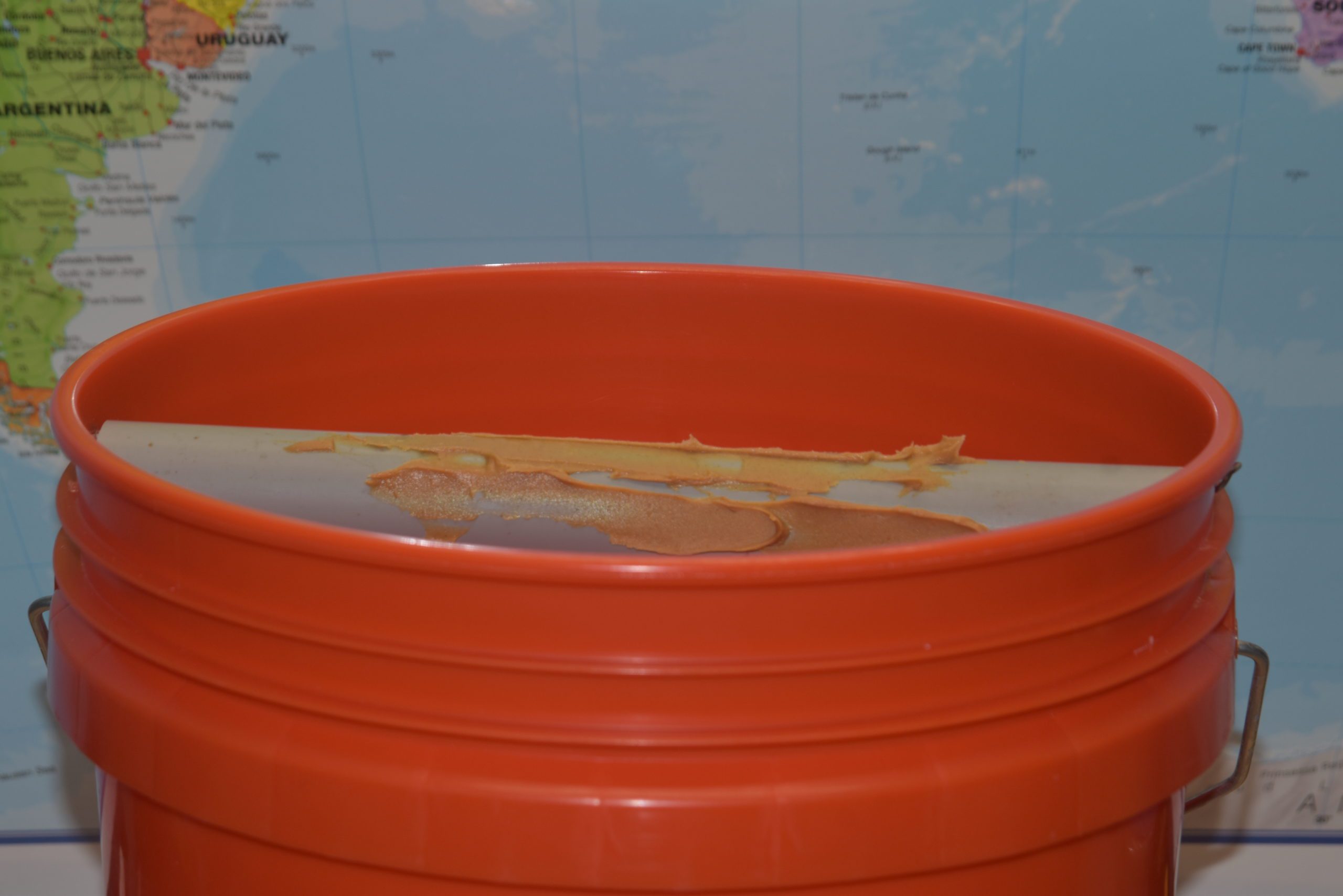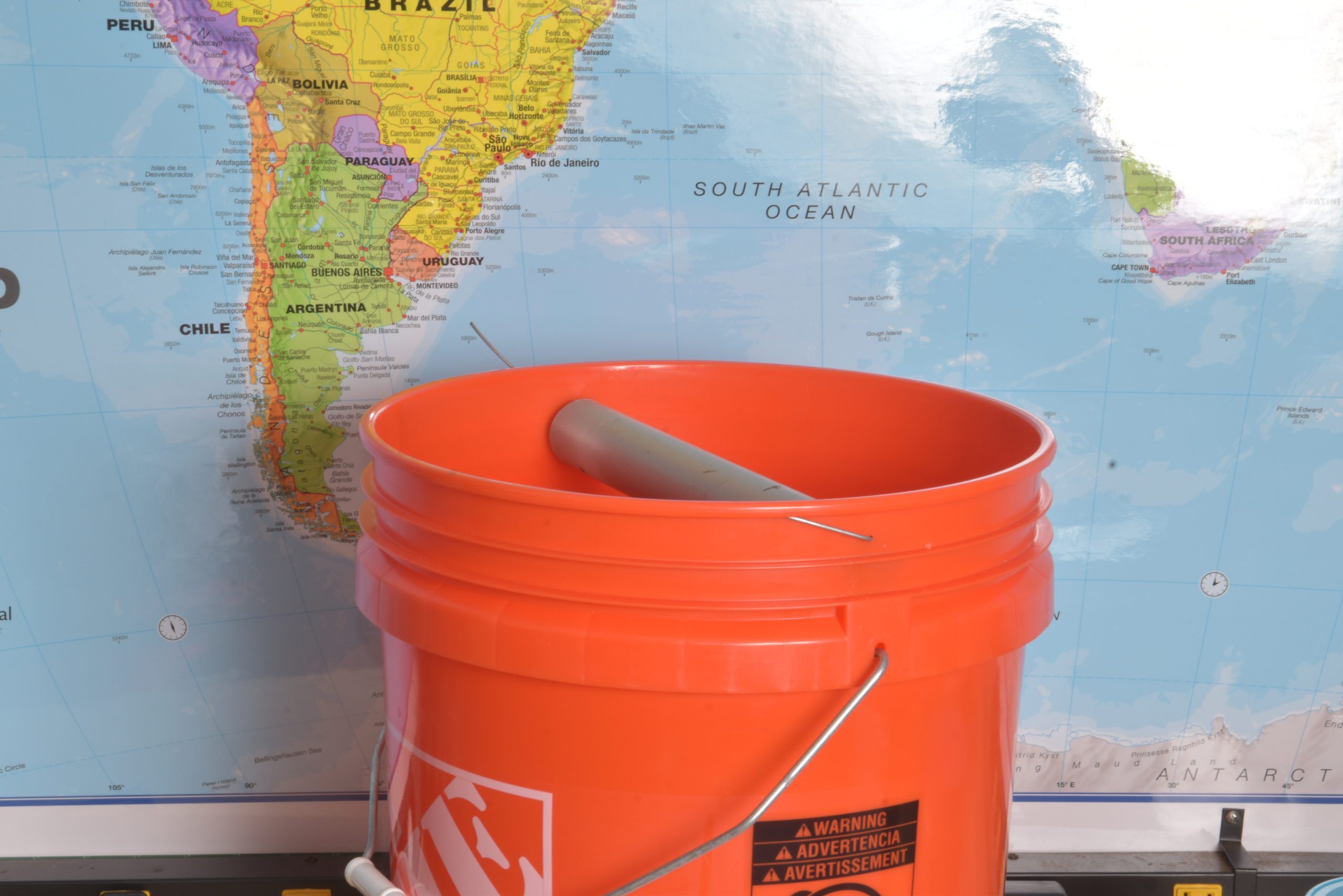SHTFPreparedness may collect a share of sales or other compensation from the links on this page.
When it all goes sideways, and the SHTF, pest control will be a significant challenge. A mouse can squeeze through an opening the diameter of a dime. If their path to food is smaller, they just chew and chew until they fit. Even now, while we have all the luxuries and tools of modern times at our disposal, pests are still a bother. Can you imagine the issues they will cause after the support structures of modern society collapse? Traps help manage pests one at a time. However, a self-resetting mouse trap will help you master them. Let’s look at how we can combat this problem.

The Problem With Pests
Pests, including mice, moles, voles, chipmunks, and rats, can start as a minor inconvenience, then quickly ramp up to a major problem. Just 6 mice or 3 pairs can explode to 60 mice in 3 months, if not controlled.
Not only is this a problem of having to control more mice, it’s also having to manage the issues they bring. Feces, urine, fleas, and ticks all hitch a ride with rodents.
Throughout history, before pests were effectively controlled, they were harbingers of disease! I’m sure you learned about the Black Plague that killed over 75 million people. The explosion of rodents in Europe brought with it fleas and the Bubonic Plague.
Mice and rats are vectors for several diseases. While we have many of them under control these days, they are still out there.
Unchecked, as would most likely happen in a societal downfall, rodents and the diseases they bring with them would explode again. It would only be a matter of time once sanitation takes a back seat to other more pressing problems, such as security and scarcity.
Pest Management Without A Self-Resetting Mouse Trap
Today, we look at pests as creatures that cause damage to property and give us the general uncomfortable critter feelings. Usually, we can manage them, or keep them at bay, with simple single-use traps. We check a trap. We dispose of the mouse. We reset the trap. Out of a dozen traps, we may catch one or two. Those are pretty manageable numbers.
This is a reasonable practice until one of two events happens. First, we cannot check traps daily. Second, the population is large enough to consume more traps than we have out.
The first scenario may be the case for an out-of-the-way barn or shed. It may also be the case of an off-grid retreat we visit monthly or only annually.
The second scenario will be the case of a collapse. In a true SHTF scenario, we will lose the ability to control pests.
If we lose the ability to manage our waste on a large scale, we will lose the battle against rodents. The availability of food will cause unchecked population growth for both rodents and the diseases that accompany them.
To combat this, we need to know how to deal with pest control from a simple DIY perspective. We also need a self-resetting mouse trap that works over and over again. This type of trap will continue to catch mice while unattended and will catch mouse after mouse with no daily visits. It’s the best of both worlds.
So, let’s take a look at building a self-resetting mouse trap.
5-Gallon Bucket Self-Resetting Mouse Trap
By using a 5-gallon bucket and a few scraps from around the house, you can create your own self-resetting mouse trap.
The self-resetting mouse trap has three components: bucket, ramp, and trigger. The bucket is self-explanatory. It forms the body of the trap. It should be tall/deep enough that your mice, chipmunks, or rats can’t jump out of it. 5-gallon buckets are perfect for this trap.
Second, the ramp is how the critters scamper up to the rim of the bucket and then step onto the trigger. In the past, I’ve used branches, 2x4s, and miscellaneous strips of plywood. Nothing fancy here.
Finally, the trigger is the special part of the equation. You need something that will fall, roll, or spin under the weight of the mouse. I’ll show you one design, but feel free to experiment with others.
The trigger I’ll demonstrate consists of a length of wire (a coat hanger will do) and a length of pipe. For the pipe, use anything you have that’s handy. This includes metal pipe, PVC pipe, a few tin cans, even a Pringles can.
Simply put, the trigger should spin around the wire when the mouse steps on it. Therefore, anything with a smooth edge that is fairly light will do. Tin cans work well and you may need to use 3 or 4 of them to cover the diameter of the bucket. I had a few spare pieces of PVC pipe, so that’s what I’ll show.
Build Instructions
Building the self-resetting mouse couldn’t be easier.

First, take your 5-gallon bucket and drill two holes large enough to fit your wire on opposite sides of the bucket. Run the wire through the holes and tie one side off.
Also, don’t tie the wire over the rim of the bucket. This will give the mouse something to grab onto and may bind up your trigger. If needed, drill a second hole below the first and tie off through this.
Next, cut the pipe 1” short of the diameter of the bucket. You want it short enough that it doesn’t touch the edge and bind. You also want it long enough such that there isn’t a large gap for the mouse to jump across.
Next, slip the pipe over the wire and tie off the second side of the wire. You will want the wire tight with no sag. The pipe should spin freely on the wire. No binding! If the pipe binds, then the mouse can walk across the trigger without tripping it.
Set and Forget
Finally, set your bucket where you want to trap your mice. Place the ramp up to one end of the trigger, then bait the trigger with peanut butter. If you have the room, set your bucket up with two ramps. Now you wait.

This method works by luring mice up the ramp and onto the trigger. Once the mouse steps on the trigger, then either the mice slip off the round surface or the trigger rolls, dumping the mouse into the bucket.
The mouse is now trapped in the bucket. The walls are slick, so they can’t crawl out and it’s high enough that they can’t jump out. You have a few other enchncements for the bucket that I’ll cover in the next section.
But first, just for comparison, here’s an additional set of instructions.
Self-Resetting Mouse Trap Dispatch Methods
Catching mice is the first part of this trap. It’s best to dispatch the mice quickly as possible. You have two options here.
First is a very common method for this trap. You simply fill the bottom third of the bucket with water. When the mouse falls in, it can’t escape and therefore it drowns. You can fill the bucket with water, which, trust me, will have to be changed every few days. Water also freezes in the winter and won’t be effective.
The second option is to use RV antifreeze. You can also use regular automotive antifreeze, however, this can be very poisonous to pets. RV antifreeze is non-toxic (ask for the pink stuff).
Using RV antifreeze in the bucket will still drown the pests. However, it will also preserve them, avoiding the inevitable stink.
If you use antifreeze, please dispose of your mice in the garbage. While RV antifreeze is nontoxic, that doesn’t mean it’s good for the local scavengers to eat. Toss the mice in the garbage or bury them in a way that other critters can’t get to them.
The second option is to dispatch the mice physically. Pour the mice into a small burlap or cloth sack, cinch up to the mice, and then give it a healthy smack on a hard surface. The effect is an immediate kill. Then you can dispose of the mice in the nearest forest for scavengers to pick up.
Chipmunks and Rats
Catching slightly larger rodents may require a bigger approach. I have caught many chipmunks in this design of the self-resetting mouse trap with one modification. Since chipmunks are bigger, I usually fill the bucket 2/3 full rather than just 1/3. This keeps the chipmunks off the bottom and doesn’t give them room to jump out of the bucket.
This approach may work for rats, however, it will probably be best to use a slightly larger bucket. I recommend either a 10-gallon bucket or a small garbage can. Any bucket that is taller than 36” will do to keep them from jumping out. 12” of water in the base of the bucket will significantly reduce their ability to jump as well.
If in doubt, give a bucket a try and if there’re signs that they have escaped, graduate to a larger bucket.

RIP Self-Resetting Mouse Trap
Plans to deal with pests in a collapse will be as important as plans to procure food. These creatures will attack your food stores and infect you with diseases that may affect your entire family. A SHTF scenario will not only increase rodents, it will also reduce your access to doctors. What may be easy to fix today will become life-threatening tomorrow.
If you can catch them, you can control them as well as their population growth. Do not underestimate their ability to overwhelm your immediate area. Make plans now, buy a few supplies, test out designs, and perfect your counter-attack on mice and other rodents. Do this today so that you aren’t overwhelmed tomorrow.